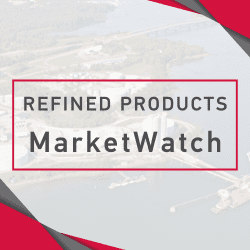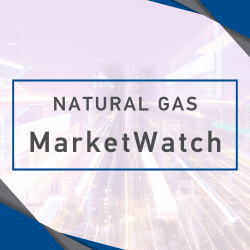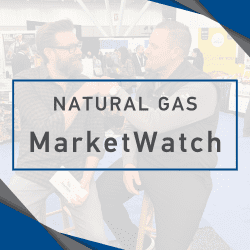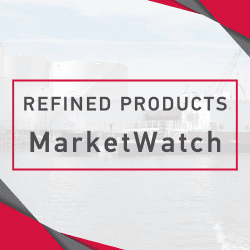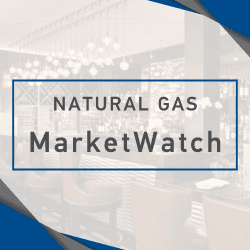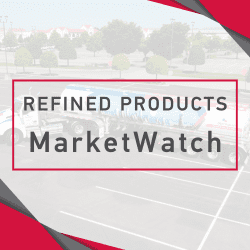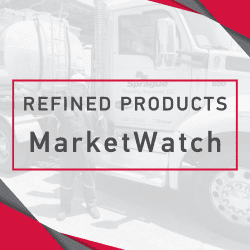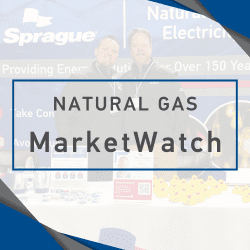In September 2000, Sprague took a bold step toward cleaner air by supplying Ultra Low Sulfur Diesel (ULSD) to the MTA New York City Transit Authority (NYCT). Sprague made this move ten years before the U.S. Environmental Protection Agency (EPA) mandate for all on-road vehicles. What began as a pioneering clean-fuel initiative grew into a national movement, by proving that ULSD could be successfully implemented at scale. A legacy that Sprague helped ignite and is proud to continue today.
As we mark 25 years since Sprague commercialized ULSD in the U.S., we wanted to spend a moment reflecting on the innovation, partnerships, and purpose that shaped this milestone.
“This wasn’t just a product switch—it was a commitment to public health, cleaner cities, and the future of transportation. Everything old is new again. The same way ULSD was introduced before it was required, we’re now doing the same with renewable diesel. In the early 2000’s ULSD afforded the clean air solution with and without diesel particulate filters and, today, RD affords the clean air non-fossil fuel option solutions we transition to electrification, hydrogen or whatever the next technology becomes. It’s what we do, finding solutions for us and our customers.”
-Steven J. Levy, Managing Director, Sprague
Leading the Charge Before the Rules Were Written
At a time when the industry was waiting for direction from Washington, Sprague was already moving ahead. In 1998, the Sprague team began laying the groundwork for a transition to ULSD.
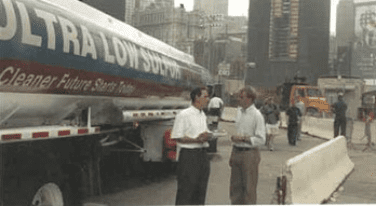
Sprague recognized the opportunity to partner with NYCT in their quest to reduce emissions, specifically particulate matter, and investing in ULSD supply for other public transits, school bus companies, governmental agencies, and companies that were seeking options to reduce emissions.
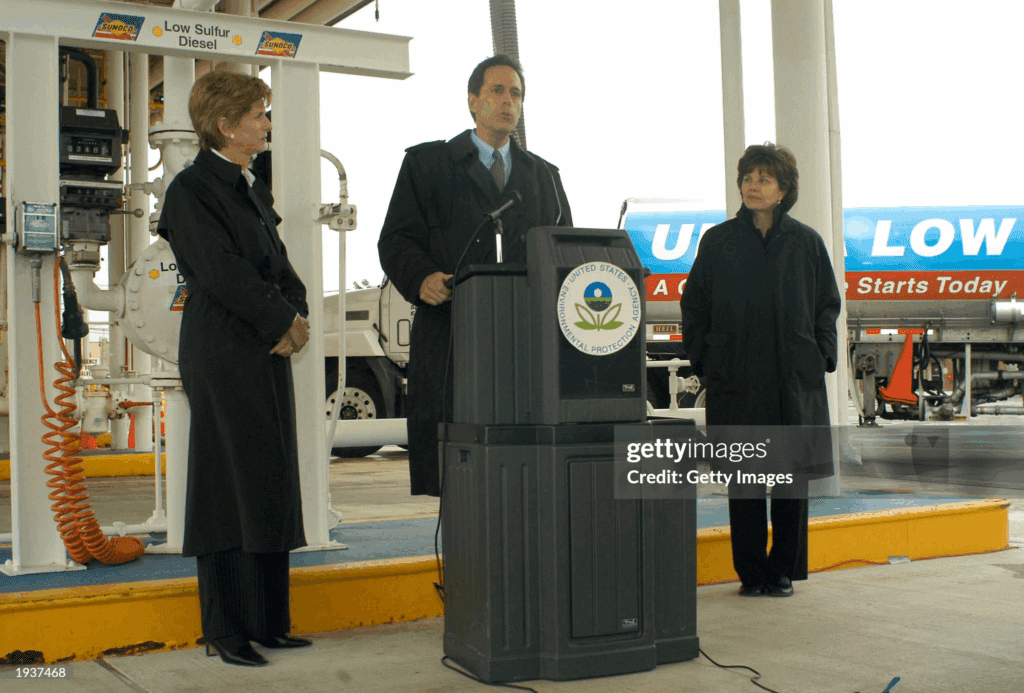
When the World Trade Center site began its massive reconstruction, Sprague’s early investments in clean diesel afforded the opportunity to have construction equipment operate with the lower sulfur fuel. The project became a national model for clean construction and all other diesel fuel applications, with ULSD and retrofit technologies like diesel oxidation catalysts (DOCs), and diesel particulate filters (DPFs), dramatically reducing harmful emissions from heavy-duty diesel engines.
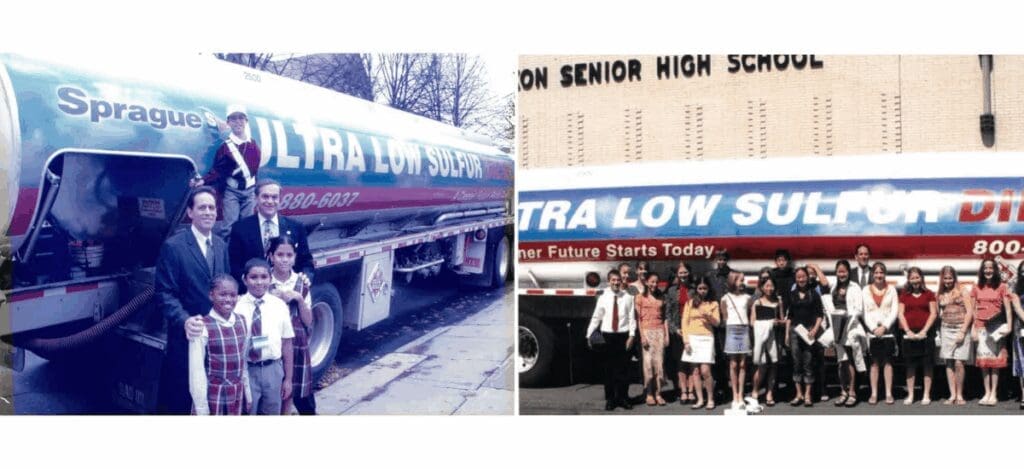
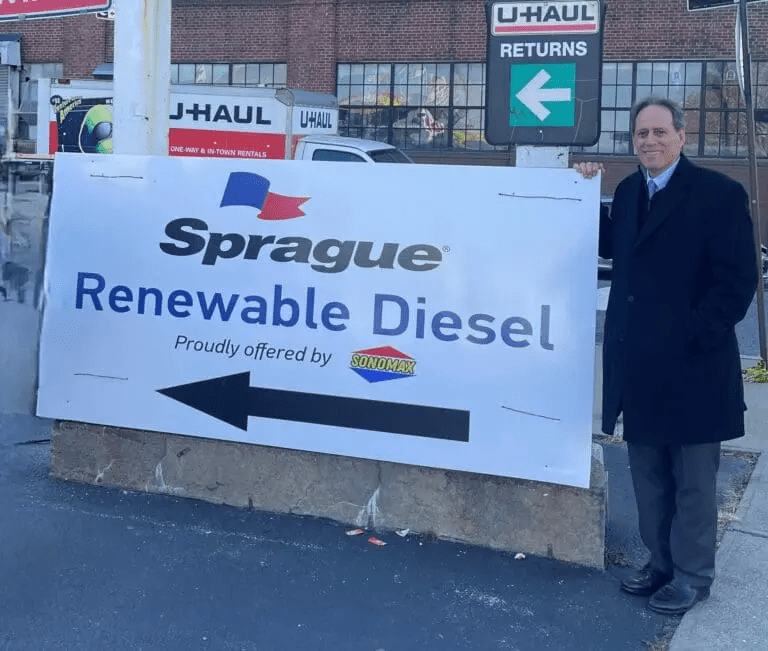
To read more about Sprague’s efforts at Ground Zero, visit our blog: Rising to the Occasion: Sprague’s Commitment During American Crises
From ULSD to Renewable Diesel: The Evolution Continues
As we look to the future, it’s clear that renewable diesel (RD) is the next chapter in the clean fuels story. Just as Sprague helped usher in ULSD before it was federally mandated, we’re now helping customers transition to renewable fuels that reduce emissions, and meet sustainability goals without compromising equipment performance.
“Everyone is using renewable diesel now the same way they used ULSD back then,”
Levy explains. “We’re seeing history repeat itself, with better outcomes.”
Leadership Legacy
From supplying the first gallons of ULSD to NYCT, to delivering cleaner fuel to construction teams at Ground Zero, to now being at the forefront of renewable diesel deployment, Sprague’s track record is one of bold action and lasting impact.
As we celebrate this 25-year milestone, Sprague continues this tradition of innovation to ensure our customers stay ahead of environmental mandates and energy transitions.
Explore our sustainability page for a look back at key initiatives: https://www.spragueenergy.com/sustainability/

